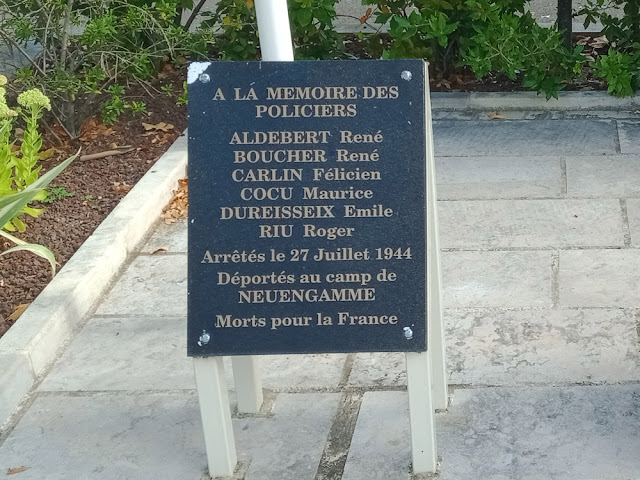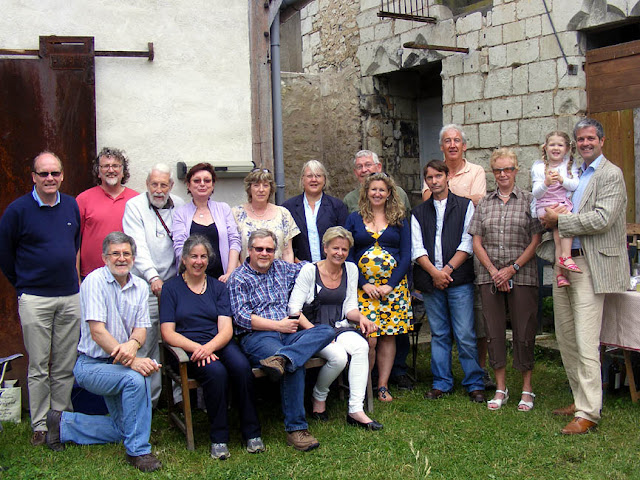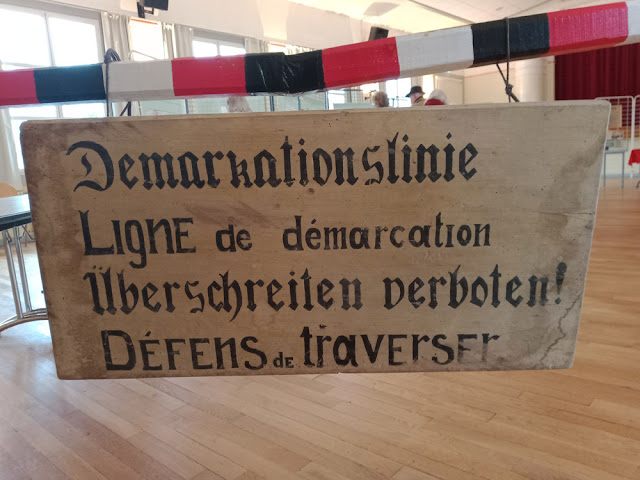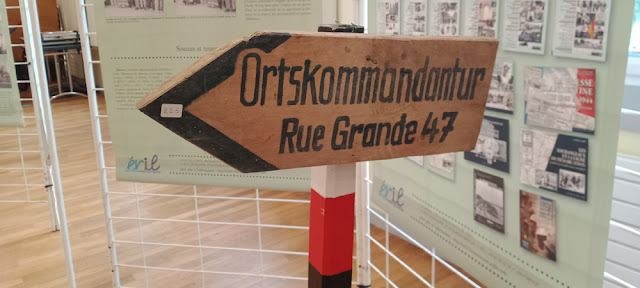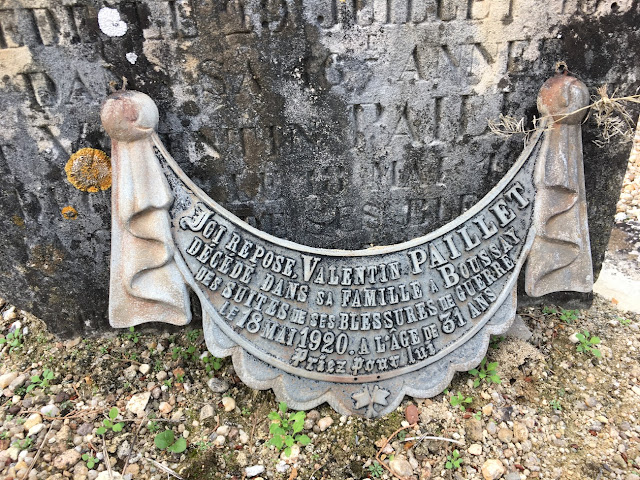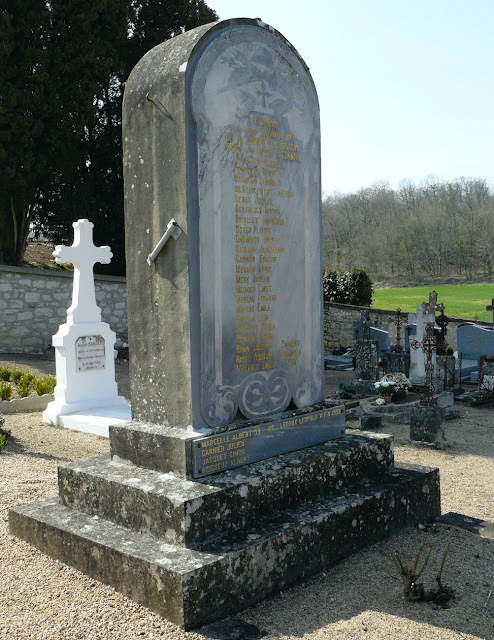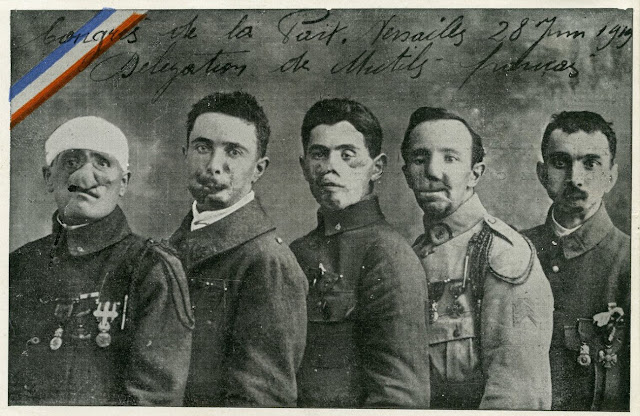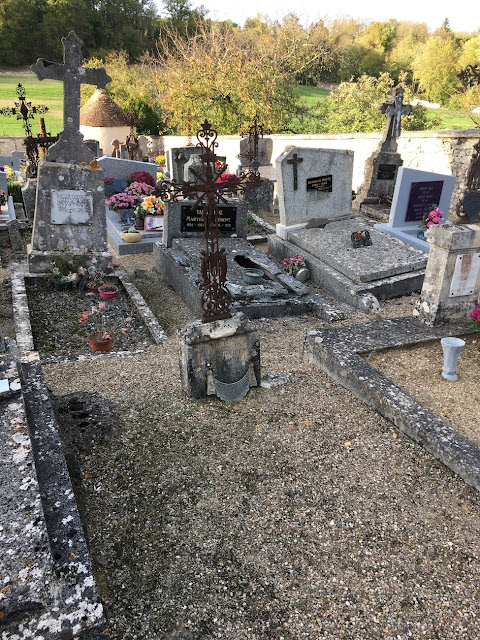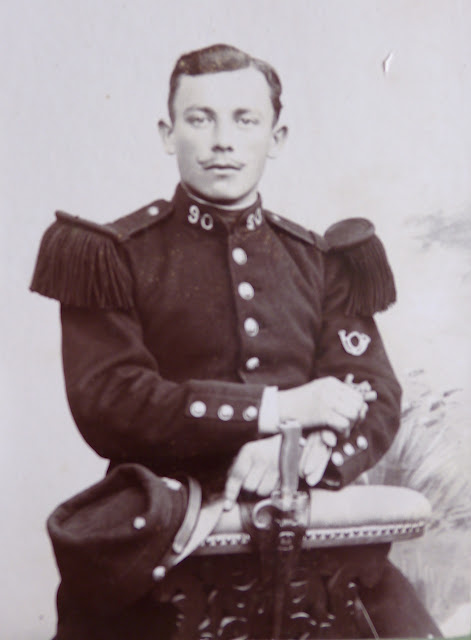On Saturday 28 December we went out with friends, just for a little jaunt, and with the intention of visiting the Chateau of Chenonceau to see their spectacular Christmas decorations. I'd already seen them, so I could assure our friends that they were worth seeing. But Chenonceau turned out to be absolutely packed, with no tickets for the chateau interior until late afternoon. So we opted to go to Amboise and treat ourselves to a hot chocolate at Bigot.
Maison Bigot, patissier, chocolatier, Amboise.
Bigot is an institution in Amboise. Situated on the corner diagonally opposite the Chateau Royal entrance, it has been run by the Bigot family for over a hundred years. They make cakes, pastries and chocolates, and have a café where you can get light meals, ice cream sundaes and of course, hot chocolate. It too was packed when we got there, but we managed to get a table in the cosy back room.
The brooch, pinned to my winter coat, which also comes from this time in my life, and is much loved.
Two days later when I came to put my coat on I noticed that the brooch that has been pinned to the left shoulder for many years was not there. I've had that brooch a long time and I was sad to lose it. I spent that day contacting anyone I could think of who might have found the brooch. The bakery in Preuilly hadn't seen it, but the pharmacy said someone had found a brooch in the street near them. I went to the mairie (town hall) to see if someone had handed it in, but they didn't have it. I put a message on Facebook and I phoned three chateaux and a restaurant, in case it had been missing longer than I realised. Finally, that evening, Mme Bigot sent me a text message, and all was well. They had my brooch, and Simon and I went up the next day to pick it up.
Me wearing the brooch in 2023, in the Cobra Café in Amsterdam.
I bought the brooch at the V&A in London in the late 1990s. It's made of a bronzey looking metal and a green glass bead with a foil back, and is a copy of a piece of medieval jewellery. It represents a time when I lived in London and was in and out of the V&A on a nearly weekly basis for one reason or another. I was a member of the Costume Society, I worked for the National Trust, I went to exhibitions, lectures, book launches and private tours of the V&A, Hampton Court Palace and other marvellous historic places. I was hanging out with some of the most charismatic and knowledgeable people in the heritage industry, and learning a lot. The brooch is a symbol of all that and more. I would hate to lose it and am very grateful to Bigot for having kept it safe and returned it to me.













